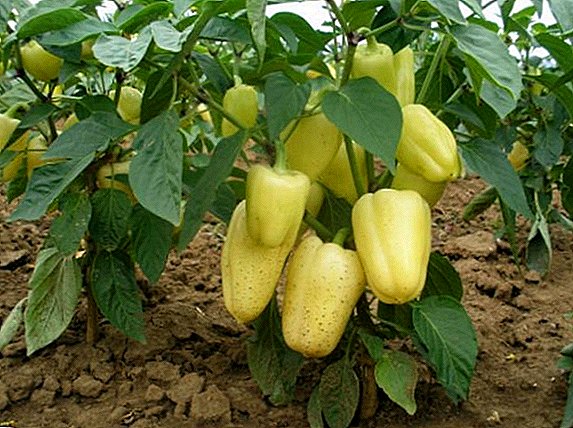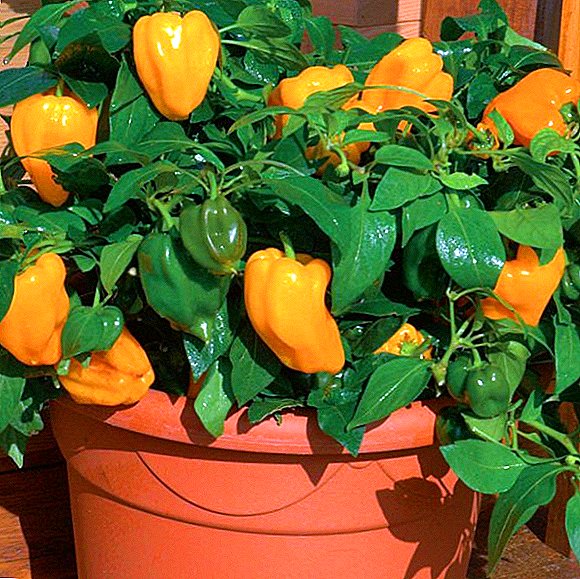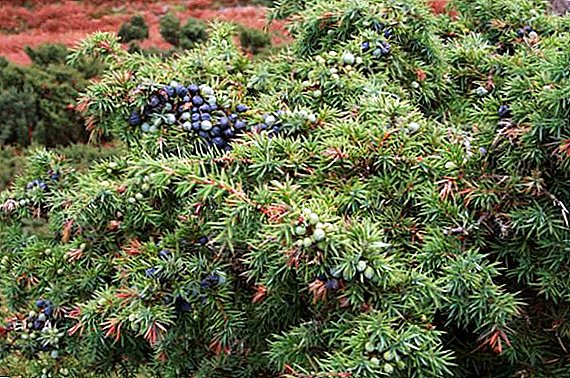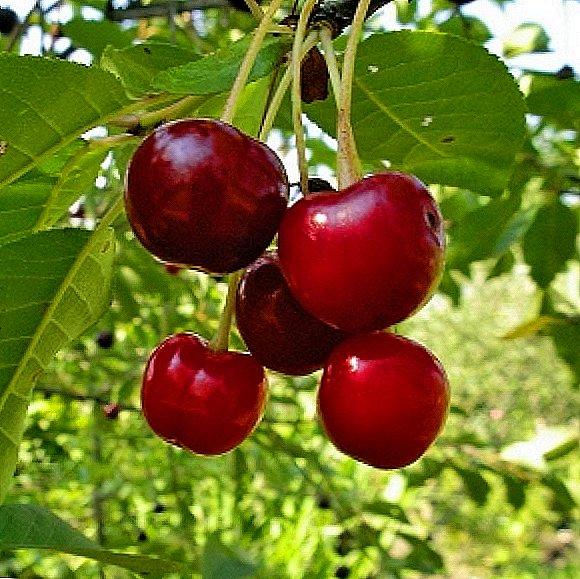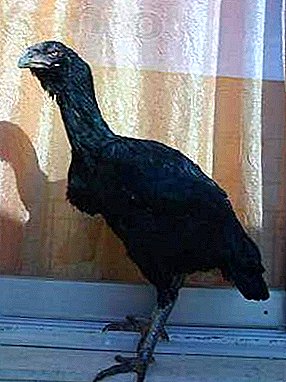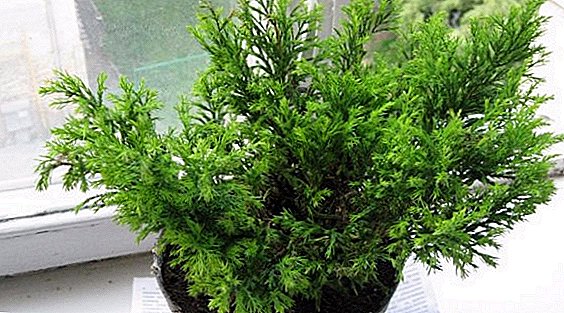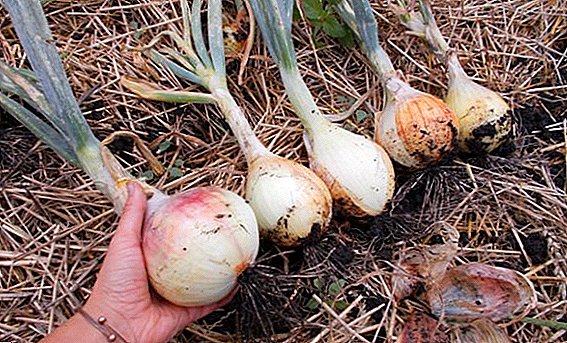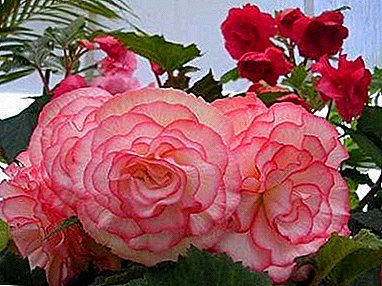
Begonia is an unpretentious flower. It is grown in pots and in open ground. A special variety - tuberous begonias - became known in room culture relatively recently.
A feature of the tuberous begonias is their tuberous rhizome. In order for the grassy culture to feel comfortable and abundantly bloomed, it is necessary to provide it with favorable conditions for growth.
To do this, everyone should know how to water the flower properly, what to feed, what diseases and pests to protect.
What do you need to grow a plant?
Light mode
For planting plants on the street, a bright, protected from wind and direct ultraviolet flow area is chosen. From the scorching sun leaves get burned. In room conditions, begonias are kept on windowsills in a southwesterly direction.. To prevent direct sunlight, the windows are curtained. Lighting should be diffused.
In winter, flowers need sunlight. Pots with plants are left in the sun for several hours.
Humidity and temperature
Herb culture at home requires high humidity - about 60%. In winter, it needs additional moisture. On the window sills put pallets with wet moss or containers with water. The temperature should not be lower than + 16 degrees and not higher than + 28. Otherwise, the flowers and leaves will wither and fall away. During the growing season the optimum temperature is + 20-23 degrees. In winter, the temperature is lowered and the plants are removed in a cool place (how to properly maintain the tuberous begonia in the winter, read here).
The soil
For planting crops in a pot or garden, you can buy a special substrate or prepare the soil yourself. To do this, mix:
- 4 pieces of leafy ground.
- 1 part turf
- 1 part of sand.
Begonia requires a soil with neutral acidity, fertile, loose.
Details on how to grow tuberous begonia, read here, and from this article you will learn that the plant is ampelous begonia and how to look after it.
Landing rules
In open ground
 Planting material is bought in winter and kept in a cold place.. For planting choose dense and smooth rhizomes. Dry roots are removed from them and disinfected in the fungicide solution. A good time for begonia landing on the street - when the threat of frost is over: end of May and beginning of July. Plants with young shoots are gradually being prepared for placement in a flower garden - they are carried out to fresh air, gradually prolonging their stay.
Planting material is bought in winter and kept in a cold place.. For planting choose dense and smooth rhizomes. Dry roots are removed from them and disinfected in the fungicide solution. A good time for begonia landing on the street - when the threat of frost is over: end of May and beginning of July. Plants with young shoots are gradually being prepared for placement in a flower garden - they are carried out to fresh air, gradually prolonging their stay.
Rules planting tuberous begonia:
- Planting holes are dug in the garden.
- At the bottom of the ash poured with humus.
- Place the planting material in the wells.
Large rhizomes are spaced at a distance of 30 cm, medium -20 cm, small - 15 cm.
- Landings fall asleep and from above mulch ashes with humus.
In the pot
At home, the cultivation of begonias is carried out from January to May. If you buy tubers in March, they will already have buds. It is better to buy planting material in advance - in January, when the tubers are at rest. The material of the pot does not really matter - plastic, ceramic, glass will do. The main thing is that the vessel was wide and not deep (8-10 cm in diameter).
You should not get too spacious pot. The roots will grow strongly and rot.
Planting process:
- At the bottom of the pot to make holes for drainage.
- Lay drainage: broken brick or expanded clay.
- Pour soil mixture.
- Disinfected tuber with a convex side down put in a pot to a depth of 5 cm.
Seedling can not fully bury. The kidneys should remain on the surface.
It is advisable to plant several begonias at once in a container with an interval of 10 cm from each other.
We offer to watch a video about the planting of the tuberous begonia:
- tuberous;
- Bolivian;
- ampelous.
Transfer
Tuberous begonias are recommended to be transplanted into a new substrate annually as the roots grow. Transplant plants produce, if it is sick, turned out to be poured, or the pot has become unusable. The optimal time for a transplant is the beginning of spring.
 The procedure for the transplant:
The procedure for the transplant:
- The culture is removed from the tank.
- Rhizomes are cleaned from the ground and placed in potassium permanganate.
- If there are dry or rotten roots - they are cut. Sections are treated with charcoal powder.
- Repot the flower in a pot that is larger than the previous diameter.
- Sand, broken bricks are laid on the bottom and a new soil mixture is poured.
- Begonia are planted and lightly sprinkled, leaving 2-3 cm above. After 2-3 weeks they fall asleep completely.
- After transplanting, the plant overdoses, so for a month it needs intensive watering.
How to care at home?
Watering mode
Begonias do not tolerate excessive watering and drought.. Moisturize plants in 2-3 days. Land between watering should dry out. Subtleties of watering:
- The water used is soft, at room temperature. It is pre-filtered or boiled. Cold water from the tap can not be watered begonias.
- In the heat increase the frequency of watering (it is desirable to moisten the plants daily).
- Do not allow water to enter the leaves.
What to feed?
To begonias bloom magnificently, they are regularly fed complex fertilizers. During the growing season fertilized twice a month.
Special fertilizers are on sale.:
- Kemira Lux.
- Good power.
- Fertika Suite and others.
You can use and folk remedies. Dissolve a tablespoon of sugar in a liter of water and water the flower with a solution 1 time per month. Every 14 days, feed the composition, prepared from water and 3 tablespoons of wood ash. The solution is infused for 7 days. Closer to winter feeding stop.
Topping
Pinching carried out in the fall or spring (before or after flowering). They find the top point on the stem and pinch it 1-2 cm to stimulate the growth of lateral shoots. Pinching at an early age helps the plant maintain an aesthetic appearance..
Photos of plants grown at home
Check out the photos of begonias that are grown at home.





Cultivation in open ground
Moisture stagnation is not allowed. From spring to mid-autumn, the culture is fed with humus, potash-phosphate fertilizers. To begonia richly bloomed, systematically remove wilted flowers.
After budding the plants are prepared for winter. Reduce watering, stop fertilizer until the ground part dries.
Possible problems
- Flower growers are often faced with the problem of leaf curling during the germination of begonias. This is due to insufficient moisture.
- If the leaves turn yellow - the flower lacks light or too much moisture.
- Brown, drying tips on the leaves signal low humidity.
- Plants shed flowers and buds:
- From the sharp jumps in temperature at home or on the street.
- From dry air.
- Due to excessive watering.
- With a lack of nutrients on terry begonias, only simple flowers are formed.
Pests and diseases
Harmful insects greatly weaken the root system and cause the plant to die. Orange aphid and spider mite are the main enemies of begonia. Signs of aphids are yellowing of leaf sheets and abscission of buds. HTo get rid of the pest, use a solution of soap or shag infusion.
 Spider mite causes the formation of yellow spots on the leaves, silver plaque with bronze stripes. Insect infects the lower part of the leaves. For effective control of insects, there are special preparations: Feverfew, acaricide Cinnamon stone. These funds destroy only adults. For the prevention of the appearance of spider mites, use Neem oil.
Spider mite causes the formation of yellow spots on the leaves, silver plaque with bronze stripes. Insect infects the lower part of the leaves. For effective control of insects, there are special preparations: Feverfew, acaricide Cinnamon stone. These funds destroy only adults. For the prevention of the appearance of spider mites, use Neem oil.
Tuberous begonias can strike infectious diseases:
- Mealy dew. From the strong heat and humidity on the leaves white scurf is formed. Treatment - treatment with drugs: Alirin-B, Planriz, Topaz.
- Gray rot. On the leaves appear sticky spots of brown color, which gradually pass to the stem. Treatment: the plant is placed in quarantine, tearing off the affected sheets. The flower is treated with Fundazol or 0.1% Euparen solution. Watering and humidity in the room reduce.
- Ring spots. Lettuce-yellow circles are formed on the sheets. Separate fate die off. This disease is not treated. Get rid of the affected plant.
For the prevention of disease you need to monitor the regularity of watering. Before planting, the tubers must be treated with fungicidal agents.
In order for the tuberous begonia to flourish, not to be attacked by pests and diseases, each gardener must follow the above described rules of care. It is necessary to carefully monitor the frequency of irrigation and humidity, to maintain the required temperature.
About why tuberous begonia does not bloom and what to do, as well as possible flower diseases, can be found here.
We offer to watch a video about diseases of tuberous begonias:
Details on how to propagate the tuberous begonia by cuttings, read here, and from this article you will learn how to grow ampelous begonia from cuttings and seeds.



